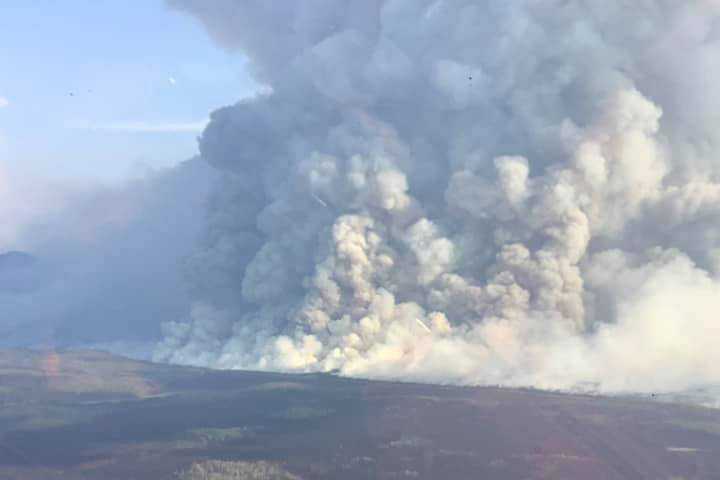Fire season is expected to be average on the central peninsula this summer, the fire management officer for the Kenai-Kodiak area said on Tuesday.
Howie Kent with the Division of Forestry said that while the outlook looks average, weather patterns and fire mitigation techniques can all be factors.
“We have the potential every single year to have a Swan Lake or Funny River-type fire,” Kent said.
In 2014 the early spring caused the Funny River Fire in Soldotna, which burned close to 200,000 acres by the end of May of that year, according to Peninsula Clarion files.
More recently, Kent said, the Swan Lake fire eviscerated 168,000 miles of the Kenai National Wildlife Refuge in the summer of 2019. The fire started on June 5 and didn’t reach monitoring status — the point at which officials are comfortable it won’t escape the perimeter before heavy precipitation helps extinguish the fire — until Oct. 4.
Although the Swan Lake fire started from a lightning strike, around 96% of wildland fires are human-caused on the Kenai Peninsula, Kent said, emphasizing that escaped debris burns are the leading kind of human-caused fires.
“May and June are the most critical months,” Kent said.
Dead grass and other dried organic material can easily catch ablaze, while the wind can carry sparks quickly, he said.
The Division of Forestry often creates fuel breaks in forests with a higher probability of fire danger, which refers to altered vegetation in order to control or slow the spread of the flames. Kent said other federal agencies and Native corporations also aid in fire mitigation.
“It’s a coordinated effort for sure,” he said.
Around 60 out of every 200 or 250 calls, Kent said, are fires the department needs to suppress. The others are often small burns or unattended campfires, and sometimes just get filed as smoke reports.
Kent also emphasized the importance of adhering to burn permits.
These are required for anyone looking to burn this spring and summer. They can be found online at forestry.alaska.gov or at the Natural Resources-Forestry Division in Soldotna, as well as at different businesses and community centers in Kenai and Soldotna, including the fire stations, post offices and general stores.
Reach reporter Camille Botello at camille.botello@peninsulaclarion.com.


